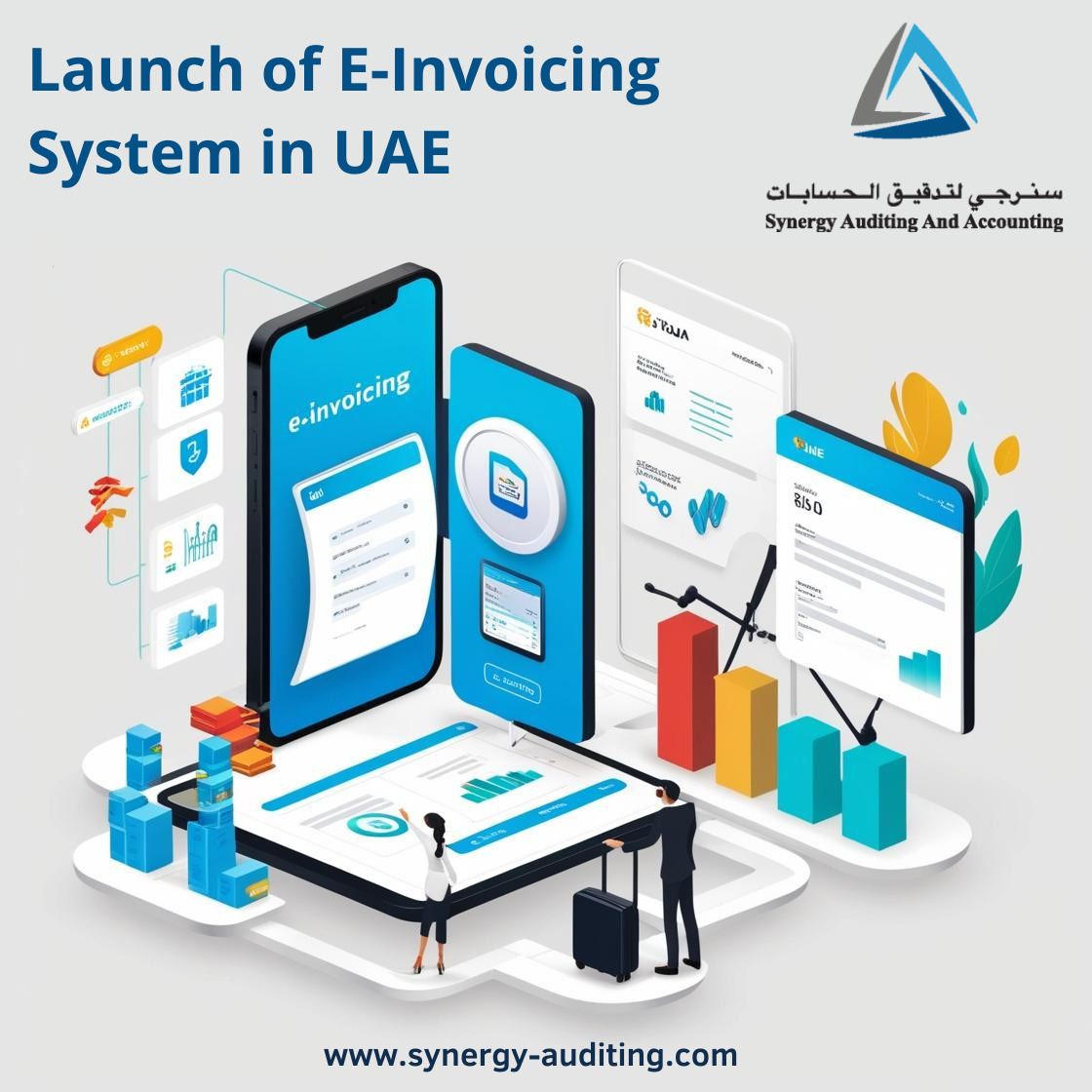Around the world, countries are rapidly adopting e-Invoicing to boost transparency, efficiency, and compliance in tax reporting. This shift to digital invoicing systems is transforming how businesses interact with tax authorities, making it easier to track and verify transactions, reduce errors, and minimize fraud. Now, the UAE is joining this global movement with the launch of its own e-Invoicing framework, tailored to create a transparent, efficient, and paperless VAT system across the country.
Developed by the Federal Tax Authority (FTA) in collaboration with the Ministry of Finance (MoF), the UAE’s e-Invoicing initiative enables businesses and government entities to align with international standards while simplifying VAT compliance and reporting within the UAE.
What is e-Invoicing?
e-Invoicing refers to the electronic generation, transmission, and receipt of invoices in a structured, machine-readable format. In the UAE, e-Invoices are to be transmitted using the Peppol network, ensuring global compatibility, and are required for business-to business (B2B) and business-to-government (B2G) transactions.
E-INVOICES VS. TRADITIONAL INVOICES:
- Unlike traditional invoices in PDF, image files, or paper, e-Invoices are structured in
formats like XML that allow automated processing. - They do not rely on unstructured formats such as PDFs, scanned images, or
paper forms.
KEY ELEMENTS OF e-Invoicing
- Structured Data: e-Invoices must be created by following the Peppol International(PINT) standards.
- Secure Exchange: The data is exchanged via Accredited Service Providers (ASPs)who manage validation, transmission, and secure data handling.
- Real-time Reporting: The ASPs report tax-relevant data to the FTA nearly in real time, ensuring regulatory compliance.
The UAE e-Invoicing Model: A 5-Corner Approach
The UAE has adopted a Decentralized Continuous Transaction Control and Exchange (DCTCE) model using a 5-Corner structure:
- Corner 1 – Supplier: The seller initiates the e-Invoice generation within their
business software. - Corner 2 – Supplier’s ASP: The ASP validates the invoice data to ensure compliance with UAE standards and securely transmits it to the buyer’s ASP.
- Corner 3 – Buyer’s ASP: The ASP of the buyer receives and verifies the e-Invoice
- Corner 4 – Buyer: The buyer’s business system receives the e-Invoice in the required structured format.
- Corner 5 – FTA Platform: The ASP sends a tax-relevant extract of the invoice data to the FTA in real time.
Steps for Businesses to Prepare for e-Invoicing
To comply with the UAE e-Invoicing requirements, businesses should start preparing as follows:
Understand the e-Invoicing Process and Data Requirements:
-Familiarize your team with the e-Invoicing structure, including data fields, Peppol standards, and the UAE Data Dictionary.
Select an ASP:
-Once the list of approved ASPs is published, businesses must choose an ASP and enter into a commercial contract to facilitate e-Invoicing.
-Each ASP will validate, transmit, and report e-Invoice data to the FTA on behalf of the business.
System Integration and Testing:
-Work with the selected ASP to integrate your invoicing system, ensuring it meets technical standards and security requirements.
-Conduct testing for seamless e-Invoice creation, validation, and reporting.
Optimize Business Processes for e-Invoicing:
-Implement process changes to capture all required e-Invoice data accurately and in the correct format.
-This transition can optimize invoice production costs, reduce processing times, and support long-term business efficiencies.
Implementation Timeline
The FTA has provided a phased approach for the UAE e-Invoicing rollout:
-Q4 2024: Accreditation requirements for ASPs published.
-Q2 2025: e-Invoicing legislation expected.
-July 2026: Phase 1 Go-Live for e-Invoicing reporting.

